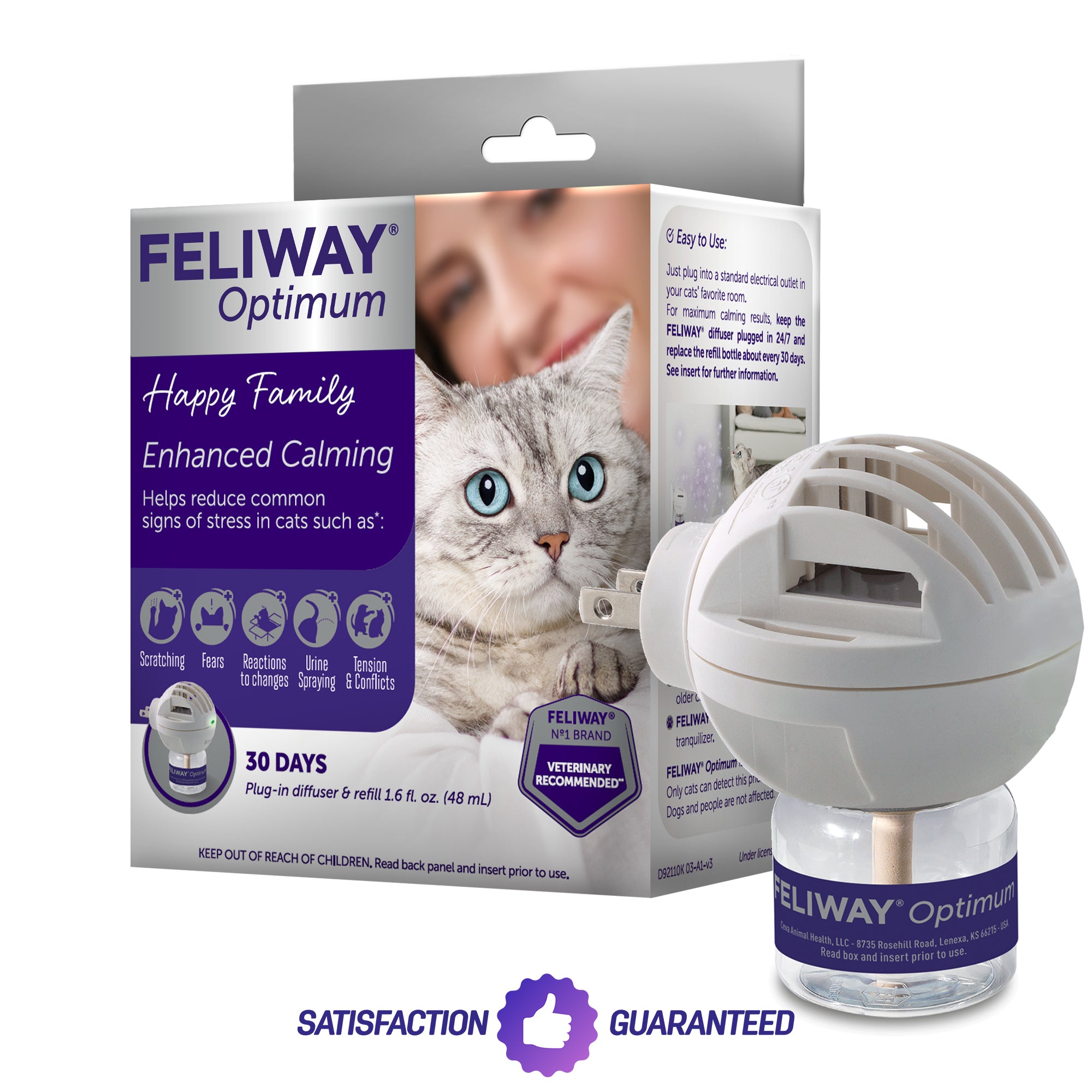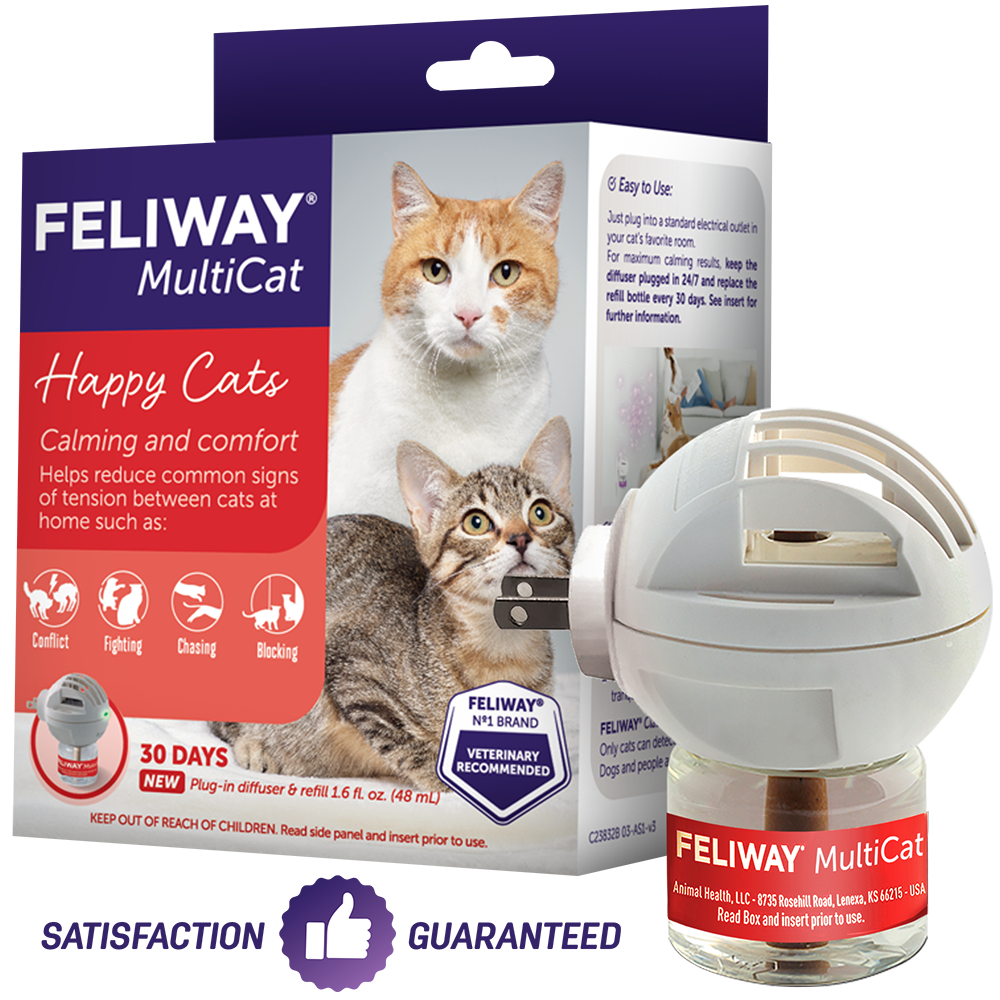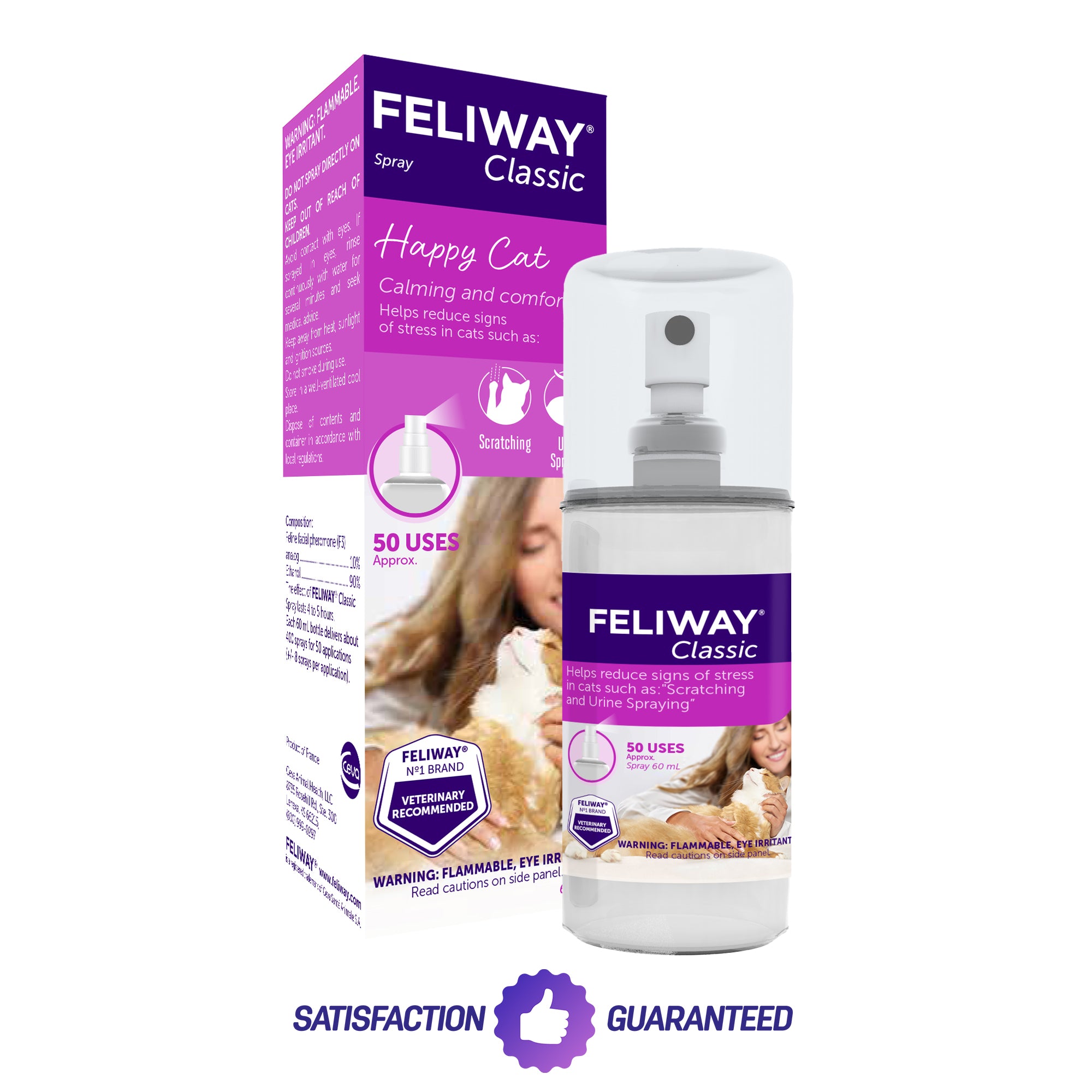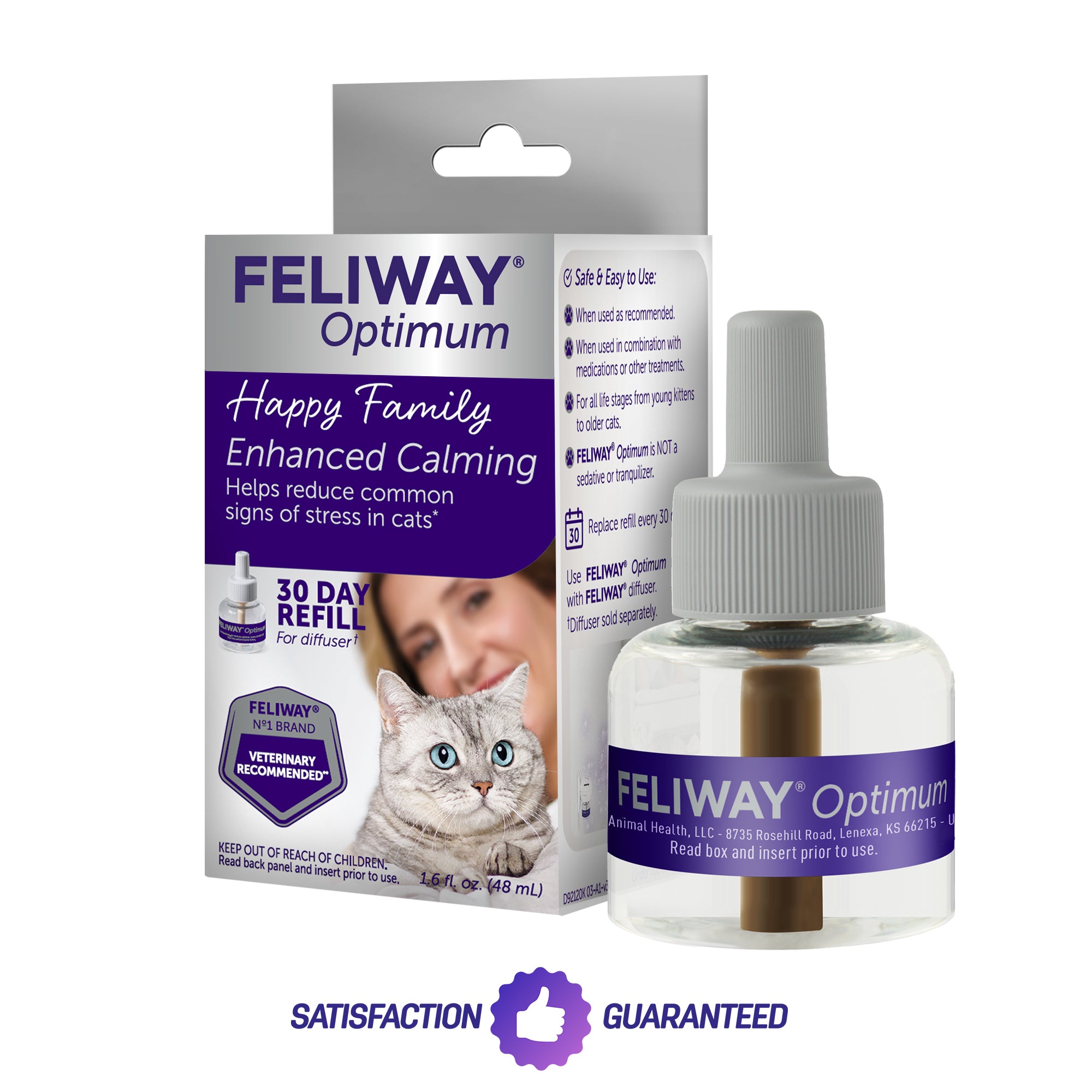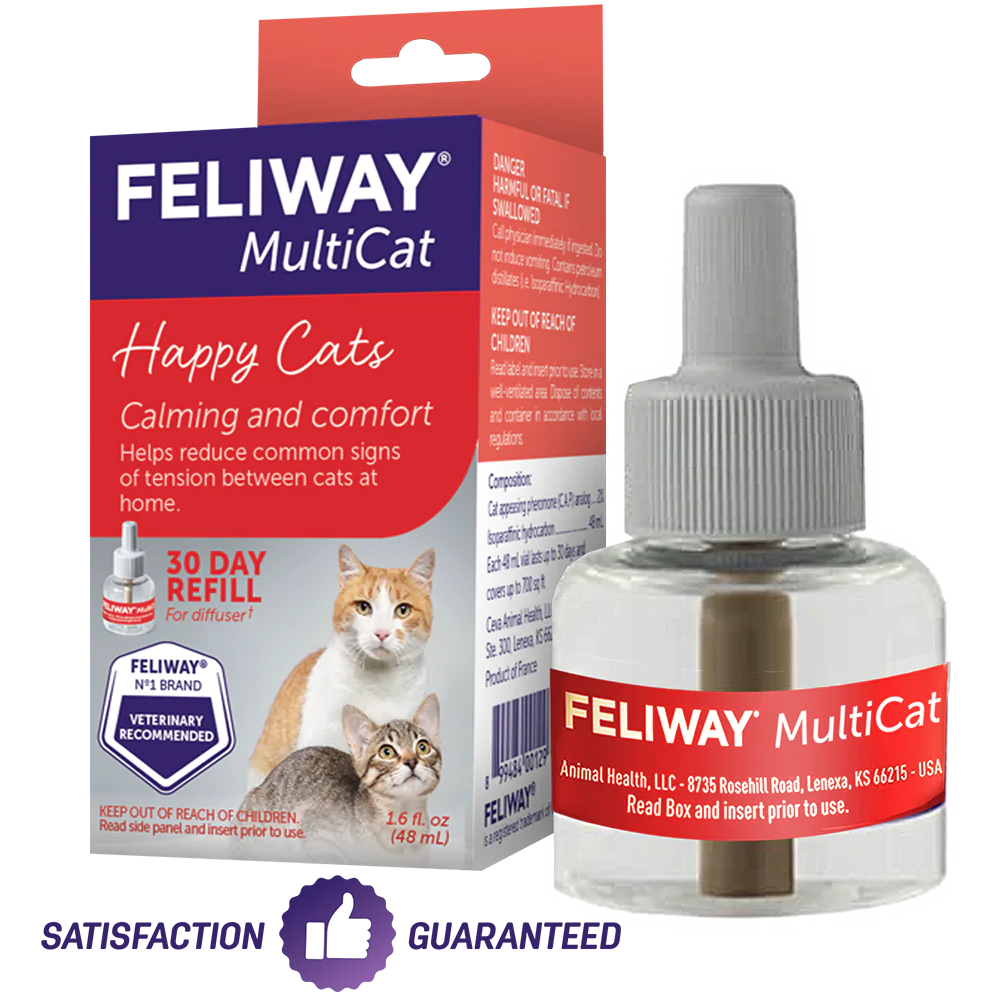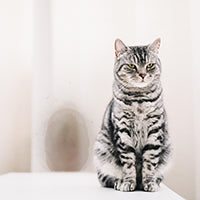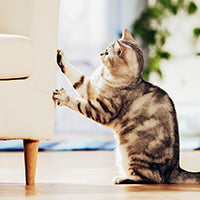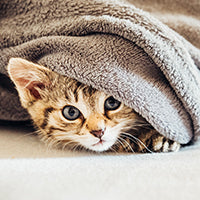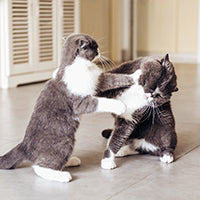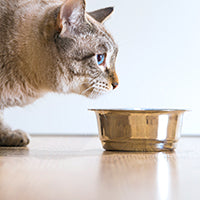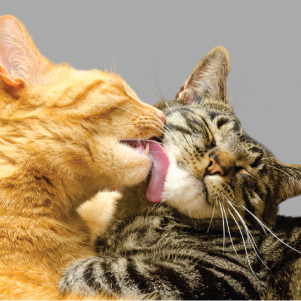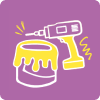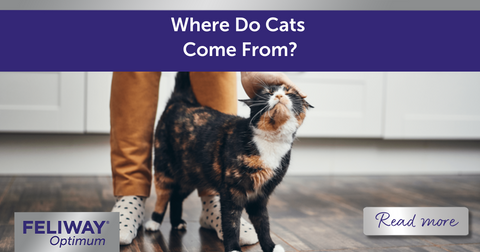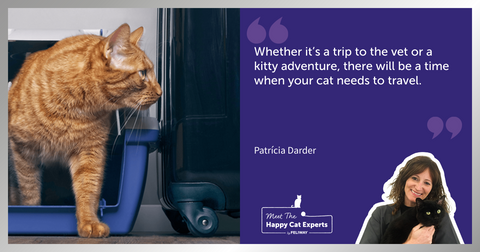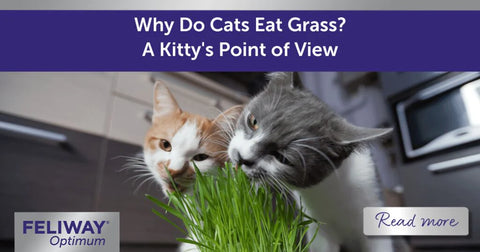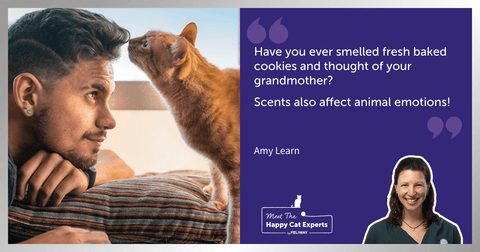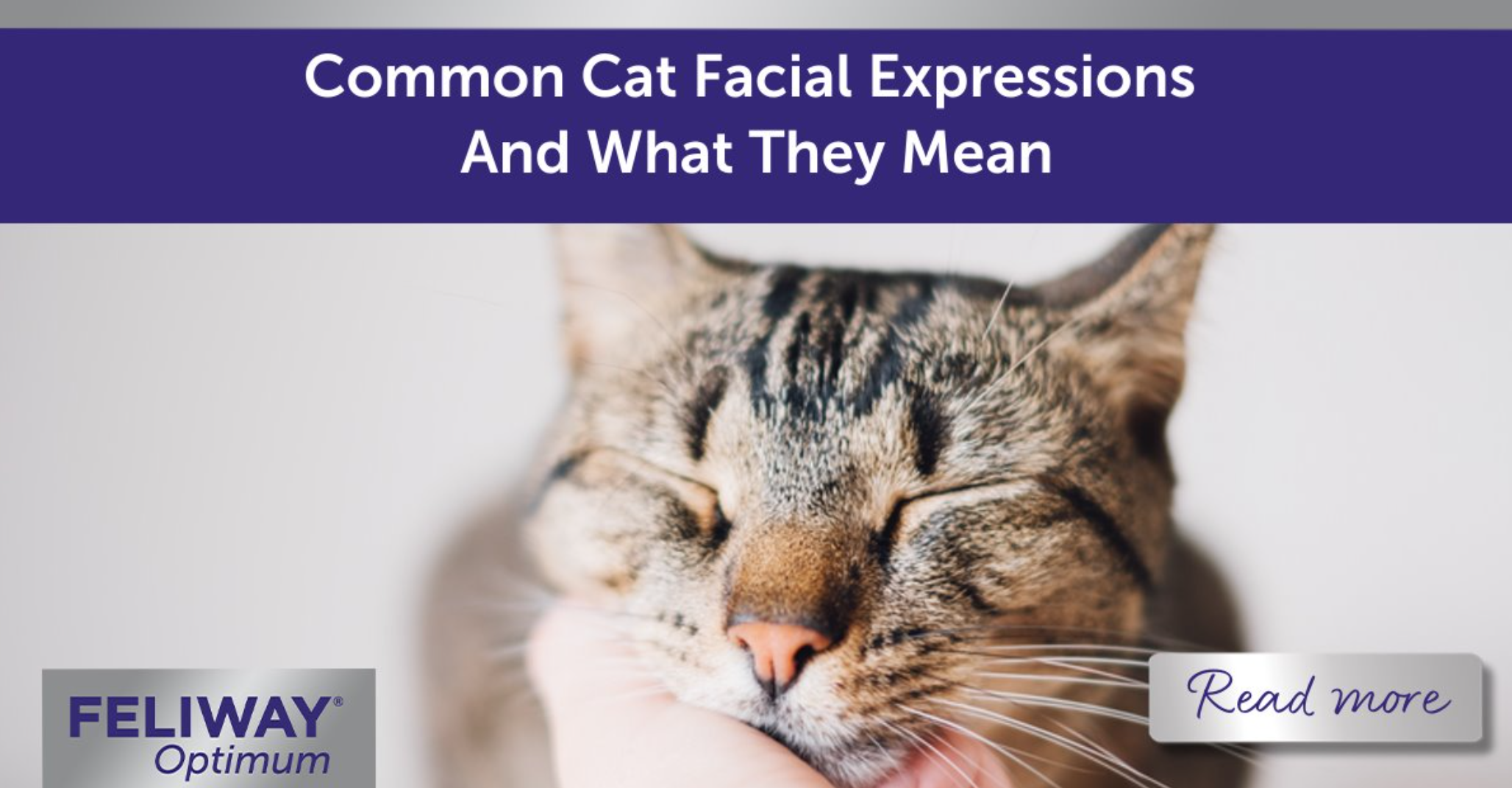
Common Cat Facial Expressions And What They Mean
Has your cat ever given you a strange look that’s caused you to ponder what they may be thinking? Well, considering that cats are able to show well over 200 unique facial expressions, it shouldn’t come as any wonder!
Despite their aloof reputation, cats are actually quite expressive creatures. What’s more, being able to interpret the nuances of your cat’s facial expressions can help us to communicate and build on our all-important bond together. We’re exploring this fascinating topic further.
How Many Facial Expressions Do Cats Have?
In a scientific study, researchers recently monitored a group of 53 cats as they interacted with each other at a cat café in the US (it’s a hard life being a scientist, we know!). Incredibly, this study revealed that cats can use up to 276 expressions when communicating with each other, made up of a combination of 26 facial movements. These movements include shifts in their ears, blinking, and nose wrinkling, and allow cats to convey a wide range of emotions, from friendliness and playfulness to aggression and fear.

Despite this vast repertoire of cat facial expressions, humans still often struggle to understand what our cats are thinking. In fact, this can actually be one reason why cats have worked out that meowing is a good way to communicate with humans! Adult cats rarely meow to one another, yet when they meow at humans, we tend to give them our full attention. It’s possible that cats have realized this and have adjusted their behavior around us.
Amazing, right? Still, if cats are taking the time to adapt to us, it’s only fair that we try to understand them a little better too.
Happy vs. Unhappy: Deciphering Cat Body Language & Emotions
To build a stronger bond and enhance the well-being of our feline companions, it’s helpful to be able to understand and interpret cat facial expressions correctly. Here’s how you can distinguish between a happy and an unhappy cat:
Signs of a Happy Cat:
- Eyes: Look for relaxed, open eyes, or eyes that are half-shut or in a slow blink. This behavior can be a signal of contentment and trust.
- Ears: Happy cats tend to have their ears relaxed and facing forward, indicating they feel safe and comfortable.
- Whiskers: A relaxed cat may have loose whiskers, showing a slight curve in appearance.
Other happy cat body language includes a generally relaxed body or strolling and resting in an environment they’re familiar with.

Signs of an Unhappy or Stressed Cat:
- Ears: Flattened ear or ears turned to the side or back will often indicate fear, irritation, or discomfort.
- Eyes: Wide, dilated pupils and a tense gaze can be a sign of stress, fear, or aggression.
- Whiskers: Pulled back or pushed forward whiskers suggest a cat is on high alert and possibly that they’re feeling threatened or anxious.
You may notice other signs of an unhappy cat too, such as crouched body position, an arched back, or their fur standing up on end.
Communicating With Your Cat
Understanding cat facial expressions and body language can significantly improve the communication between you and your cat.
It’s essential to observe the cues discussed above in the context of your cat’s environment and overall behavior to gauge their feelings and needs. For example, a slow blink can be a sign of affection and comfort in your presence, whereas a direct, hard stare might indicate a challenge or discomfort. Knowing the difference between the two will enable you to help you to recognize your cat’s needs and allow them feel at ease and generally happier.
If you notice your cat is feeling uncomfortable or unhappy, try to identify why this might be and take steps to address any issues. For instance, cats are creatures of habit and routine, so any sudden changes in their environment can bring about feelings of stress. In this situation, aim to introduce a steady routine around different parts of your cat’s day, such as their mealtimes and playtime. FELIWAY® Optimum is also a great tool for creating a relaxing environment for cats.

While we’re here, it’s also worth noting that cats are experts at hiding pain, but learning how to recognize the signs in your cat’s facial expressions can be another way to support their overall well-being. Signs of pain can be subtle, but squinting eyes, ears flattened and rotated outward, and tension in their muzzle can all indicate discomfort. If you do notice your cat in discomfort, it’s important to take them for a check-up with your vet to identify the underlying cause.
Are you fascinated by your cat’s range of facial expressions and want to learn more about how they may be feeling? Or perhaps there’s another aspect of your cat’s behavior that you’ve always wanted to know more about? If so, check out our other blogs for a wide collection of insights! You can also stay informed with all the latest updates from FELIWAY® by signing up to our newsletter.
